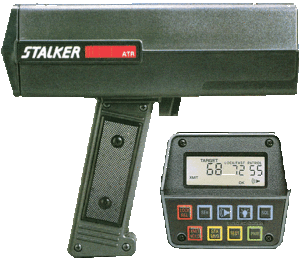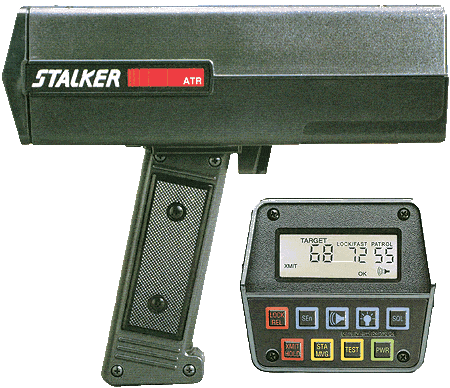Applied Concepts, Inc.
The Need for Speed
 Founded in 1977, Applied Concepts, Inc, located in Plano, Texas, manufactures the Stalker Radar brand of police radar, law enforcement laser and lidar (light detection and ranging), speed/message trailers, radar detector equipment, sports radar and radar sensors. Stalker Radar continues to lead the industry in technology breakthroughs and product innovations. The Stalker brand is used throughout the world and is the nation’s largest manufacturer of speed radar.
Founded in 1977, Applied Concepts, Inc, located in Plano, Texas, manufactures the Stalker Radar brand of police radar, law enforcement laser and lidar (light detection and ranging), speed/message trailers, radar detector equipment, sports radar and radar sensors. Stalker Radar continues to lead the industry in technology breakthroughs and product innovations. The Stalker brand is used throughout the world and is the nation’s largest manufacturer of speed radar.
The Situation
A valued customer since 2006, the management team at Applied Concepts embraces a culture of continuous improvement as a business competitiveness philosophy.
To improve profitable growth and create production capacity they turned to TMAC. The company wanted to pursue Innovative management practices and techniques including Lean Enterprise Transformation.
Having been in business for over 35 years, Applied Concepts was ready to take the next steps. The management team went head-first to grab a larger piece of market share and improve efficiencies and productivity.
The company also took the opportunity to partner with Collin College to partially fund the second phase of the Lean Enterprise Transformation.
The Solution
TMAC kicked off by the project by orienting the management team to basic Lean Enterprise concepts. They were introduced to differences between efficient and effective “Systems” and “Traditional” management practices.
The focus at Applied Concepts was to work not just in the business but on the business to achieve holistic transformational company-wide improvements. This leadership workshop set the foundation and tone for a different way to think and how to maximize throughput based on “Systems Theory”.
The next step involved guiding the management team through an assessment and planning approach called Value Stream Management (VSM). To support growth management, VSM uses an 8-step approach to grasp a situation and plan deployment activities in detail.
Vital to the 8 steps is the identification of necessary skills to deploy counter measures to order to achieve value stream level goals. The initial goals included reducing lead time, establishing inventory levels and creating and installing tracking systems to better satisfy customers and business stakeholder requirements.
Once the plan was in place, TMAC worked with Applied Concepts to introduce, learn, apply, and reinforce more capacity and efficiency tools including the innovative Lean Enterprise practices of:
- Cellular Flow
- Set Up Reduction
- Standardized Work
- Visual Management
- Job Methods Improvement
- Pull/Kanban
Cellular Flow transforms production areas from independent work stations and departments into lines that emphasize flow. It incorporates “rate based” production timing to dramatically reduce lead time and working capital, re-allocation of work sequences
and order of operations. Cellular Flow promotes production “pull” scheduling vs. the traditional “push” system.
Pull/Kanban is a method of inventory control and replenishment based on actual customer demand rather than forecasting to more effectively produce what customers demand. It directly links production to actual demand, making more effective use of capacity and working capital.
[dt_sc_testimonial name=”Rhonda Abraham” role=”Vice President, Operations” image=”https://sixsigma.jacszen.com/wp-content/uploads/2015/01/Wolters.png”][dt_sc_hr_invisible]Our growth, with the assistance provided UTA’s TMAC center, is impressive. TMAC worked with us to establish a Lean Pull System that has not only led to productivity gains, but helped us capture greater market share. TMAC trained, coached and guided Applied Concepts as we sought to improve our efficiency and create a competitive advantage. Unlike most consultants, TMAC provided us with learning opportunities and tools to put us in a position to drive our improvement initiative independently. After the learning events, TMAC coaches were always willing to circle back around to answer any questions we had and make sure that we were able to implement what we learned.[/dt_sc_testimonial]


